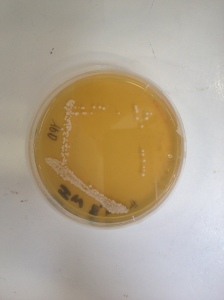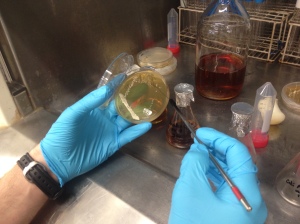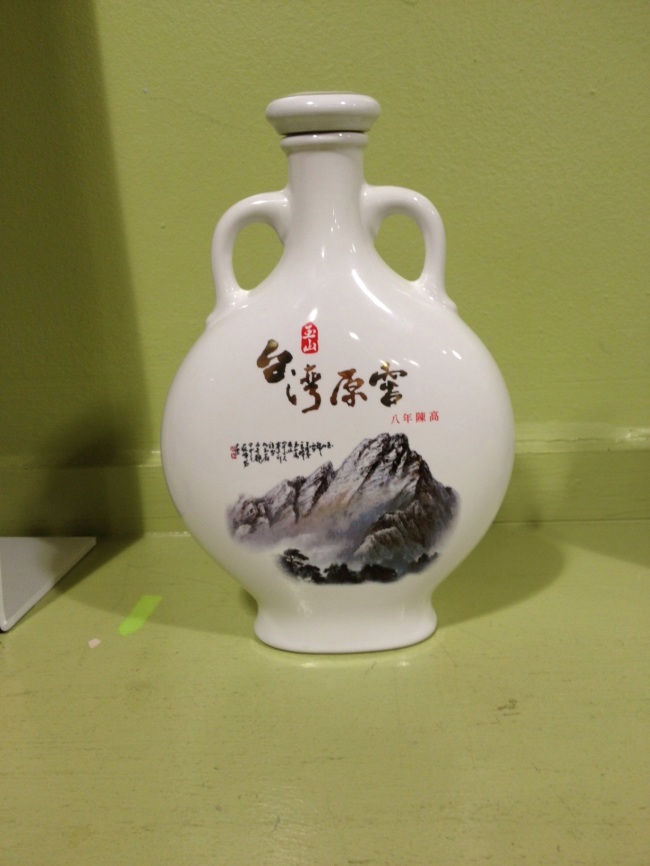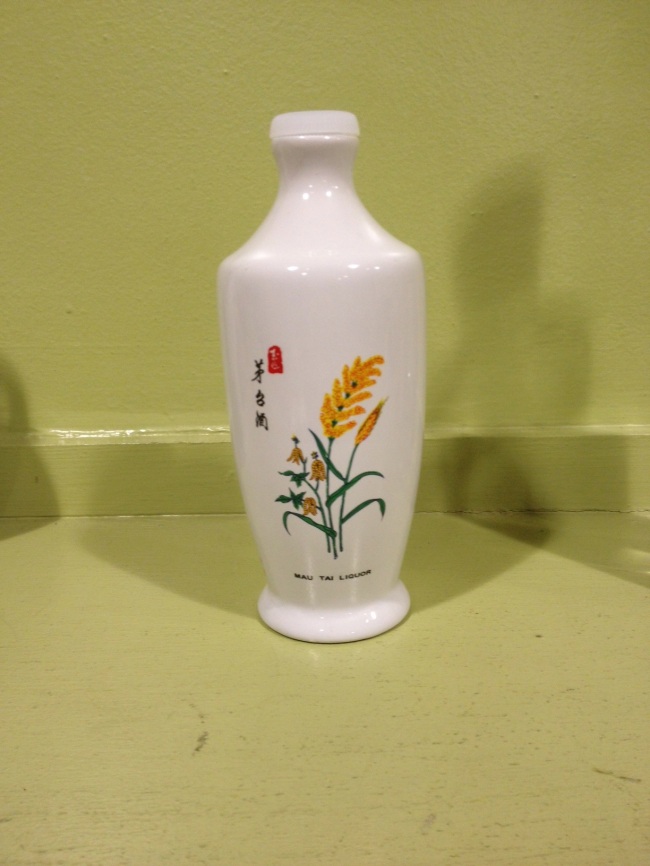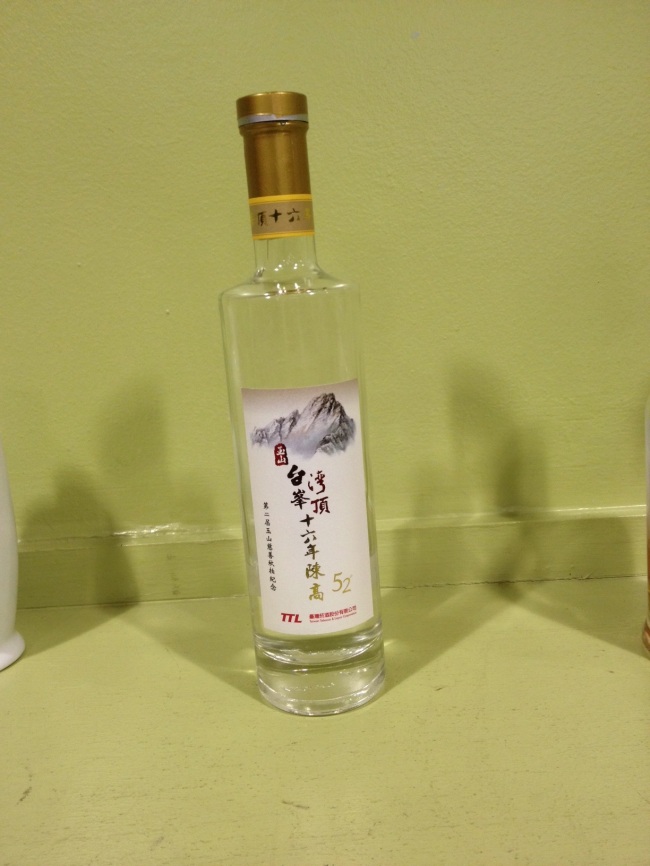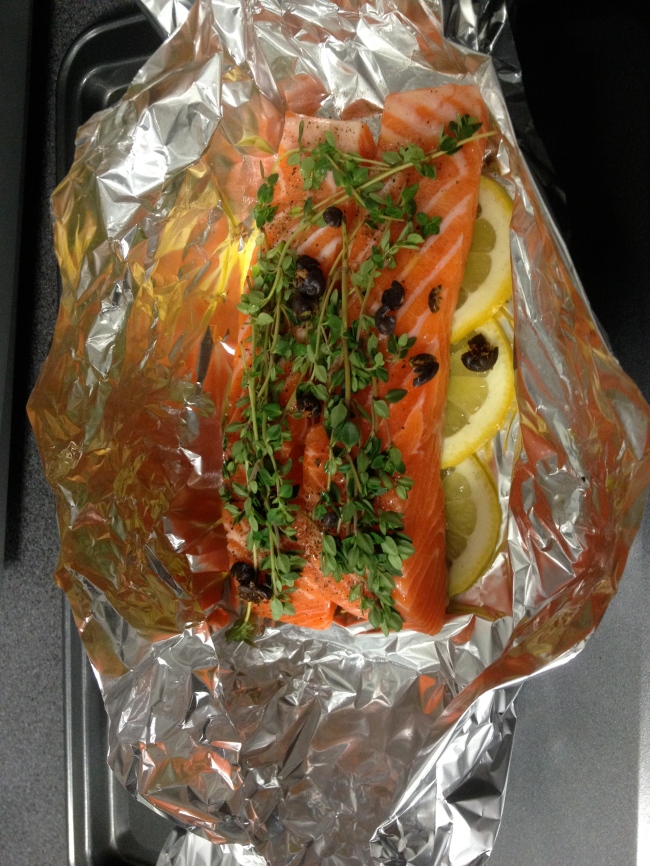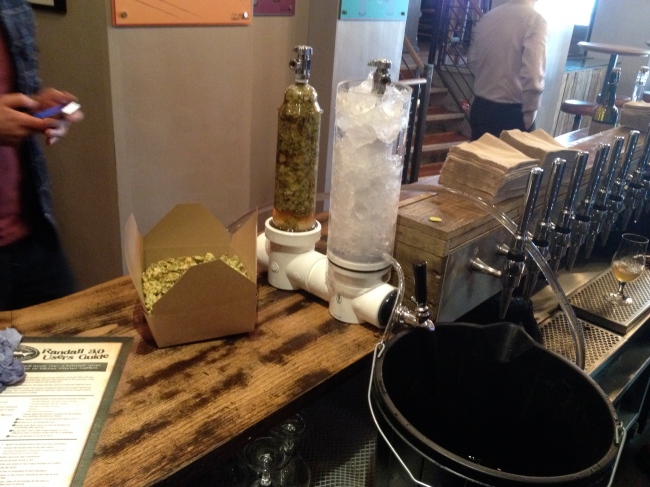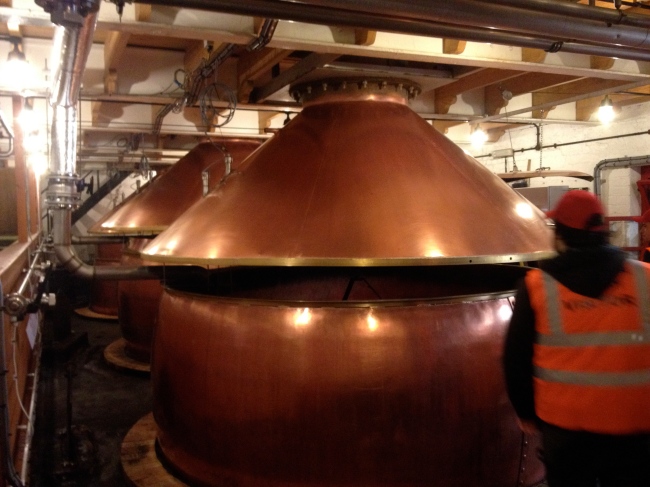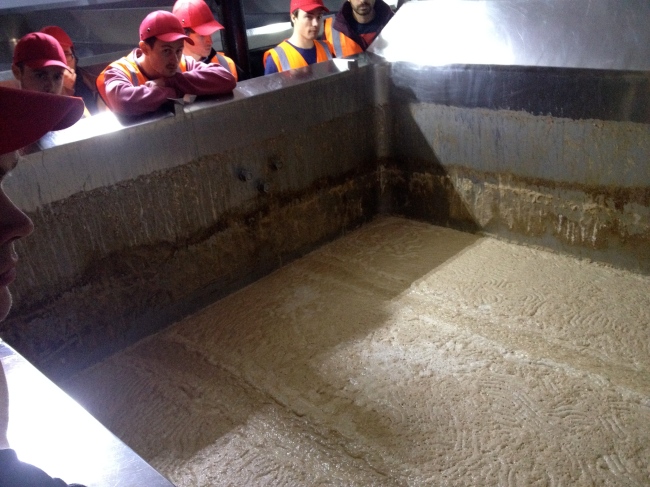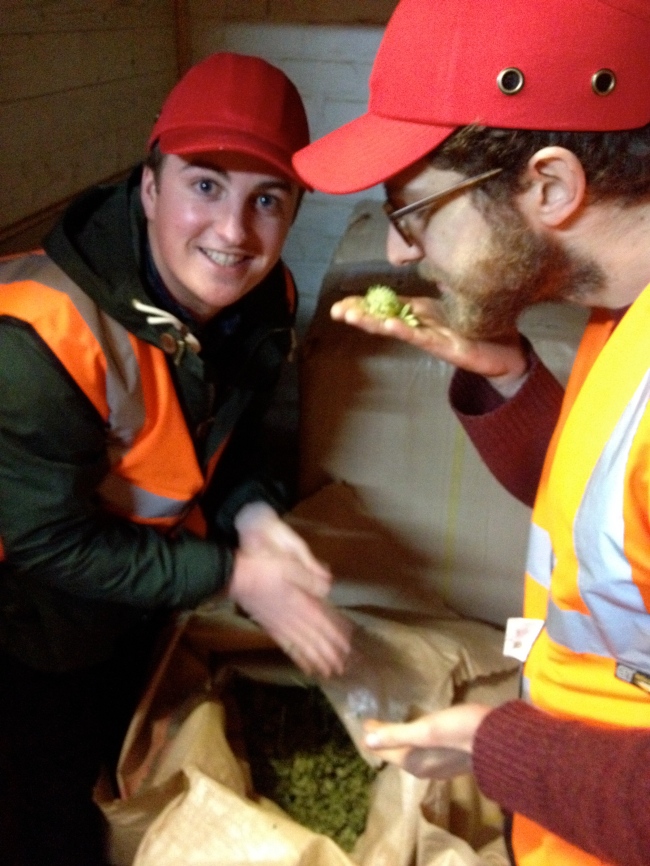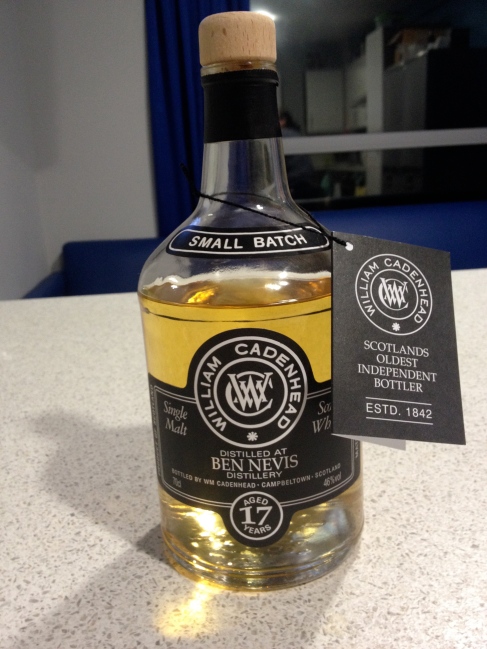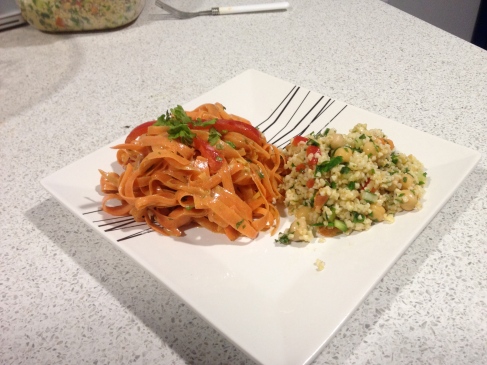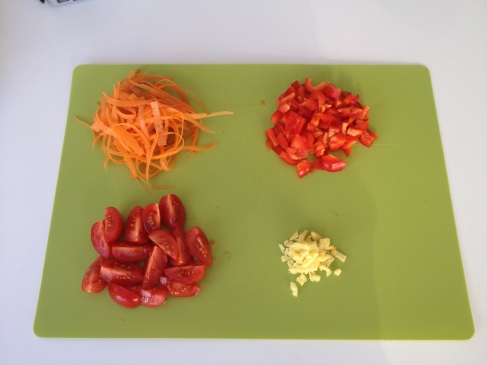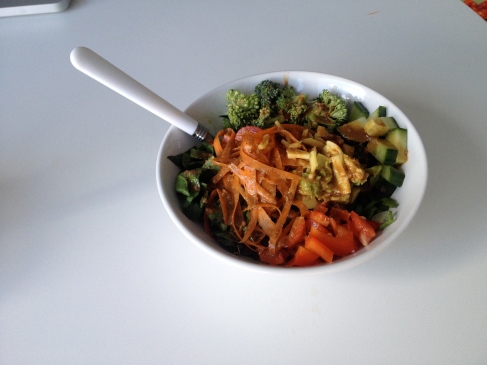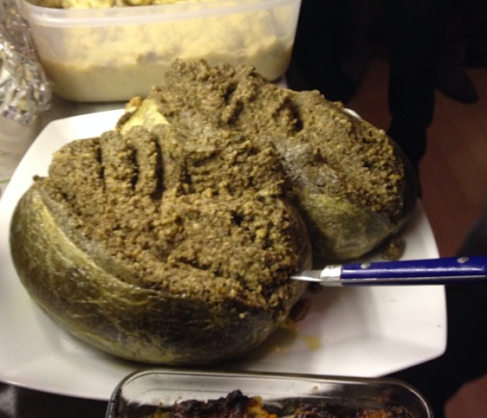The past few days have been pretty intense in the lab. There is lots of prep work that needs to be done: autoclaving different medias to grow cells up on, pouring differential plates for strain analysis, making solutions, etc. A few set backs have pushed my start up date back a little, but now I should be all ready to roll tomorrow.
The assay I’m working with was originally developed for studying premature yeast flocculation, or PYF. This phenomenon causes some yeasts to randomly fall out of solution before primary fermentation is finished causing residual sugars to remain in solution, and possible off-flavor development. Some believe that PYF is caused by a fungal infection which begins in the germination process as a result of excessively high CO2 exposure, but thats another story for a different day. This assay has been subsequently accepted as the standard for comparing yeast fermentability characteristics by the American Society of Brewing Chemists (ASBC).
Like I said before I’ll be using a few different yeasts in my project this semester. Wyeast Laboratories in Oregon have graciously provided both a Brettanomyces lambicus and a Brettanomyces bruxellensis strain. In addition, I’ll be using additional B. lambicus and B. bruxellensis strains of my own. Finally as a control I’ll be using an American Ale yeast.
Plating and Propagation:
So far all strains have seemed to grow very well on YPD plates, which use dextrose as a sugar source. For the YPD plates I use in this project, I follow this recipe:
10 g/L Yeast Extract
20 g/L Bacteriological Peptone
20 g/L D-glucose
1.2 % w/v technical agar.
These plates seem to support good, rapid growth of both Brettanomyces and Saccharomyces strains.
The assay begins with a step up propagation in YPD broth. Initially 3-5 single colonies are removed from the streak plates like those above and are used to inoculate 50 mL of YPD broth in a 125-mL Erlenmeyer flask. This flask is grown on an orbital shaker at 100 rpm at 25 C for 24 hours, at which point the cells are centrifuged, washed, and used to inoculate a two more 250-mL flasks containing 100 mL YPD broth at a cell density of 1.5 million cells/mL. These flasks are again placed in a shaker for another 24 hours. At this point I’ll have enough cells to pitch into my test tubes.
Some things to consider:
Very little research has been done on primary fermentation of Brettanomyces. I’m hoping to look at the effects of dissolved oxygen, initial pH, growth medium, and propagation time as potential parameters for my growth trials. Brettanomyces is a notoriously slow fermenter, but with any luck maybe I’ll be able to figure out how to coax it along a bit more rapidly while retaining all the funky goodness this yeast brings to the table.

